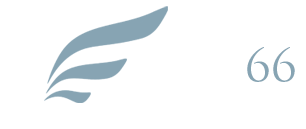AML CONTENT BASED ON EASA MODULES
In order to obtain the Aircraft Maintenance Licence the European Aviation Safety Agency (EASA) has established a list of modules and knowledge level that are required to be able to obtain a certain category certification.
Qualification on basic subjects for each aircraft maintenance licence category or sub-category is based on the following Aircraft Maintenance Licence modules:
